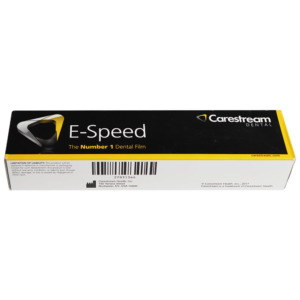Features
- Blends quality and speed.
- It provides brilliant image clarity
- Need just half the exposure of d speed film.
- Affordable and Consistent Quality
- Compatible with both automatic and manual processing methods,
- High-quality images quickly and easily.
